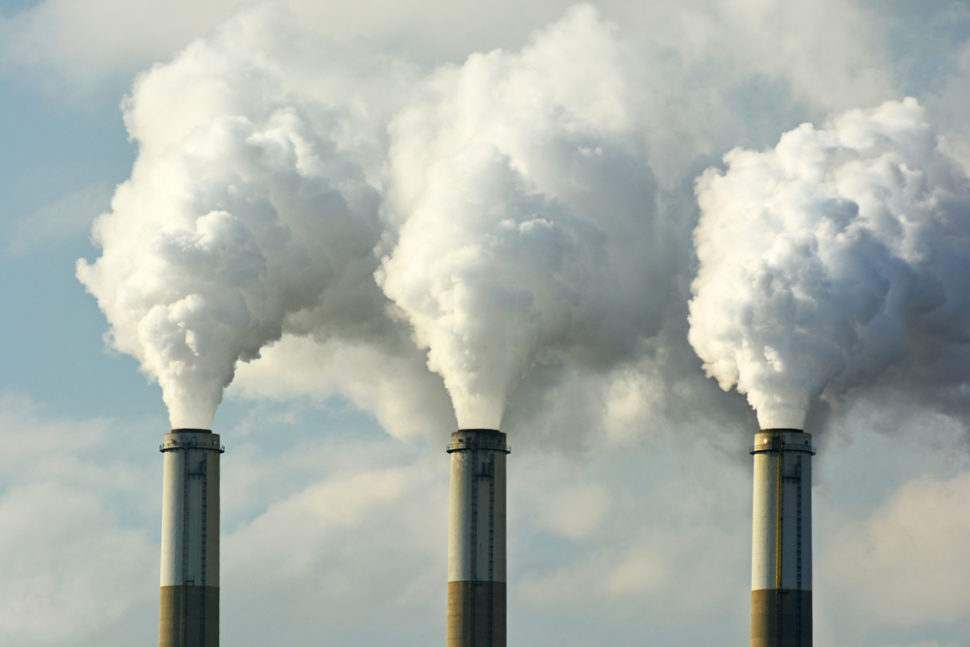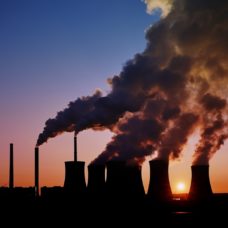Smokestacks and the thick plumes of fumes coming out of them against a bright sky background have become a stock image for air pollution.
Factories and power plants spewing out dense smokes into the atmosphere were once seen as a sign of industrial prosperity. Now, they are more of a reminder of our disregard to the global environment and the planetary climate systems.
Besides water vapor, smokestack pipes release carbon dioxide and other harmful greenhouse gases, like nitrogen oxides, with some particulate matter mixed in as well.
It’s estimated that about 7 billion metric tons of CO2 get released by the smokestacks of fossil fuel-powered plants into the air annually.
Measuring Emissions of Smokestacks Accurately, Faster and Cheaper
Several techniques are used to remove as much of the pollutants from smokestacks as possible using filtration systems, such as scrubbers and electrostatic precipitators.
But this isn’t enough as industries want to measure their smokestack emissions accurately, which is more complicated than it sounds.
Other than knowing the pollutants present in the gas, accurate measurement of smokestack emissions also requires calculating the speed at which the gas flows that can fluctuate.
Now, researchers at the U.S. NIST (National Institute of Standards and Technology) have come up with a novel design for smokestack emission sensors.
They have announced the first real-world test of “a potentially improved way” to calculate emissions coming out of smokestacks.
The team presented the research at the 2019 International Flow Measurement Conference held last June 26th to 28th in Lisbon, Portugal.
Coal-fired power plants in the U.S. are legally required by the Environmental Protection Agency (EPA) to conduct smokestack emissions audits. Plants can also resort to the services of a third-party to check their emission flow rates. In any case, the process is lengthy and costly, not to mention smokestack sensors that need to be regularly calibrated.
The new probes the NIST team designed, as the real-world test results showed, can speed up on-site smokestack emission audits by a factor of 10.
Aaron Johnson, a NIST engineer, says they “were surprised; it did quite well compared to what the EPA has on its books as its ‘best practices’ method.”
The team hopes their work could pave the way to the development of better techniques and standards for the accurate measurements and calibrations of smokestack emissions.
“The advantages for industry are that it will reduce test time and cost and has the potential to be more accurate. Our goal is to get it written as an EPA standard. But it’s still up to industry members to decide whether they would want to use it.”
The best move against smokestack emissions would be a radical one, like turning them into biofuel.



















Comments (0)
Most Recent